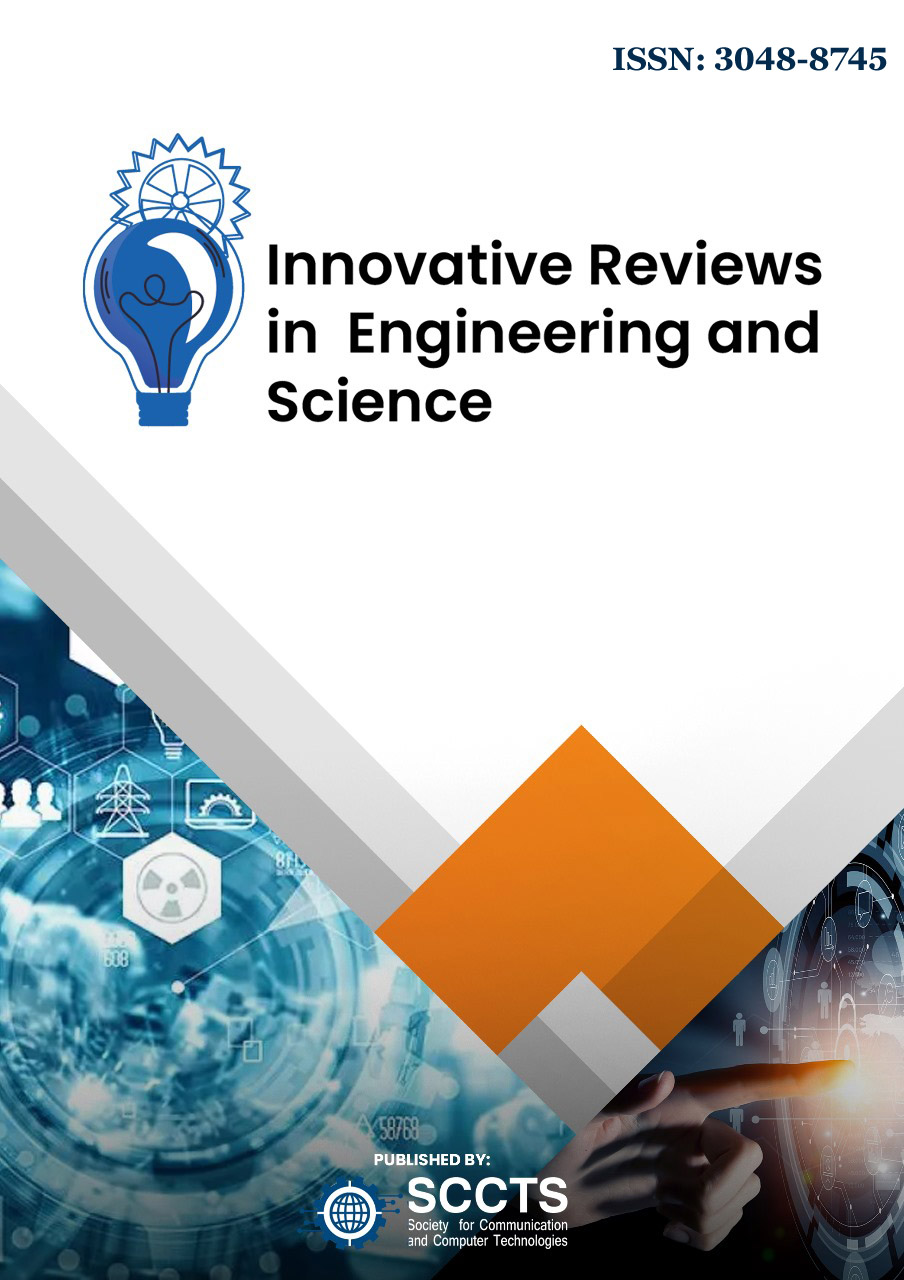Latest Innovations in Composite Material Technology
DOI:
https://doi.org/10.31838/INES/02.02.01Keywords:
Additive Manufacturing; Carbon Nanotubes; Graphene; Nanotechnology; Self-Healing Materials; Smart CompositesAbstract
The field of composite material technology has seen remarkable innovations, driving advancements across various industries, including aerospace, automotive, construction, and renewable energy. This abstract explores the latest developments in composite materials, focusing on their enhanced properties, manufacturing processes, and applications. Recent innovations have led to the creation of materials with superior strength-to-weight ratios, improved durability, and enhanced thermal and chemical resistance. Techniques such as additive manufacturing, also known as 3D printing, and automated fiber placement have revolutionized the production of composite materials, allowing for more complex and precise designs while reducing waste and production time. Nanotechnology has played a pivotal role in enhancing composite materials by incorporating nanoscale reinforcements, such as carbon nanotubes and graphene, which significantly improve mechanical properties and electrical conductivity. Furthermore, the development of smart composites, which integrate sensors and actuators, has opened new possibilities for self-healing materials and real-time structural health monitoring. The application of these advanced composites ranges from lightweight components in aircraft and automotive sectors to durable and resilient structures in construction and renewable energy installations, such as wind turbine blades. These innovations not only contribute to performance enhancement but also promote sustainability by enabling the production of eco-friendly and recyclable materials. The ongoing research and development in composite material technology promise to further expand their applications and improve their performance, leading to a transformative impact on various industries.





